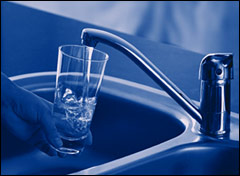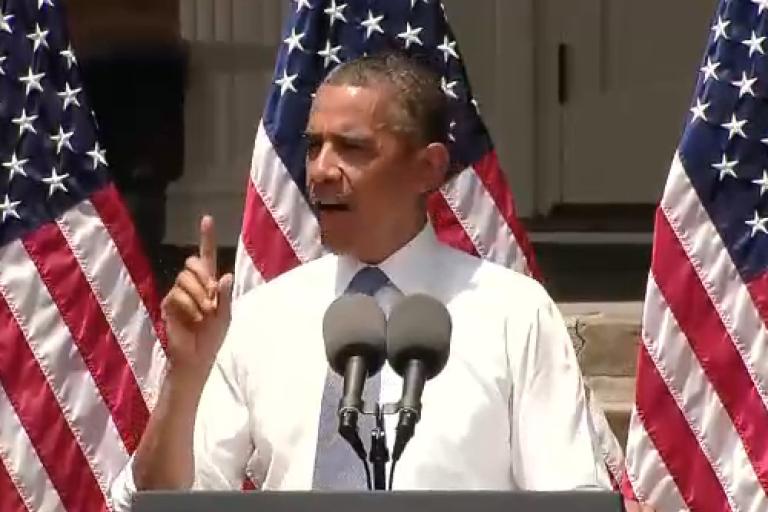 While the EPA has been dumping and delaying studies of fracking’s effects on drinking water, new academic research reveals that people who live near natural gas wells in Pennsylvania are drinking the same gases that the frackers are pumping out from the shale beneath their feet.
While the EPA has been dumping and delaying studies of fracking’s effects on drinking water, new academic research reveals that people who live near natural gas wells in Pennsylvania are drinking the same gases that the frackers are pumping out from the shale beneath their feet.
Researchers from Duke University, the University of Rochester, and California State Polytechnic University found dissolved methane, which is the main ingredient in natural gas, in water pumped from 82 percent of drinking water wells sampled in northeastern Pennsylvania.
Methane can occur naturally in the area (that’s what draws frackers there). But the researchers’ study, published in Proceedings of the National Academy of Sciences, concludes that levels of the gas were far higher in drinking water wells located close to fracking operations than in other areas.
Here’s a bullet-pointed summary of major findings, for any higher-ups at the EPA who might still care about what fracking is doing to the nation’s water supplies:
- Methane concentrations in drinking water were six times higher in wells less than 1,100 yards from a natural gas well than were average concentrations in wells located farther away.
- Ethane concentrations were 23 times higher in water pumped less than 1,100 yards from a natural gas well than from other water wells.
- Propane was found in 10 water wells located less than 1,100 yards from a natural gas well, but not in any of the wells located farther away.
The contamination from drilling is “not an epidemic. It’s a minority of cases,” said Rob Jackson, a Duke University researcher and co-author of the study released Monday. But he added that the team found serious contamination from bubbly methane is “much more” prevalent in some water wells within one kilometer of gas drilling sites.
Methane is an odorless gas that is not known to be toxic, but in high concentrations it can be explosive and deadly.
Why is so much gas ending up in residents’ water? The researchers have some theories, and they all relate to sloppy safety practices on the part of the fracking industry. From the paper:
The two simplest explanations for the higher dissolved gas concentrations that we observed in drinking water are (i) faulty or inadequate steel casings, which are designed to keep the gas and any water inside the well from leaking into the environment, and (ii) imperfections in the cement sealing of the annulus or gaps between casings and rock that keep fluids from moving up the outside of the well.
In 2010, the Pennsylvania Department of Environmental Protection (DEP) issued 90 violations for faulty casing and cementing on 64 Marcellus shale gas wells; 119 similar violations were issued in 2011.
Remind us again, EPA, why studying this is not more of a priority?




